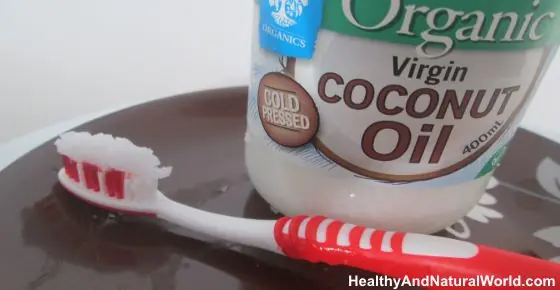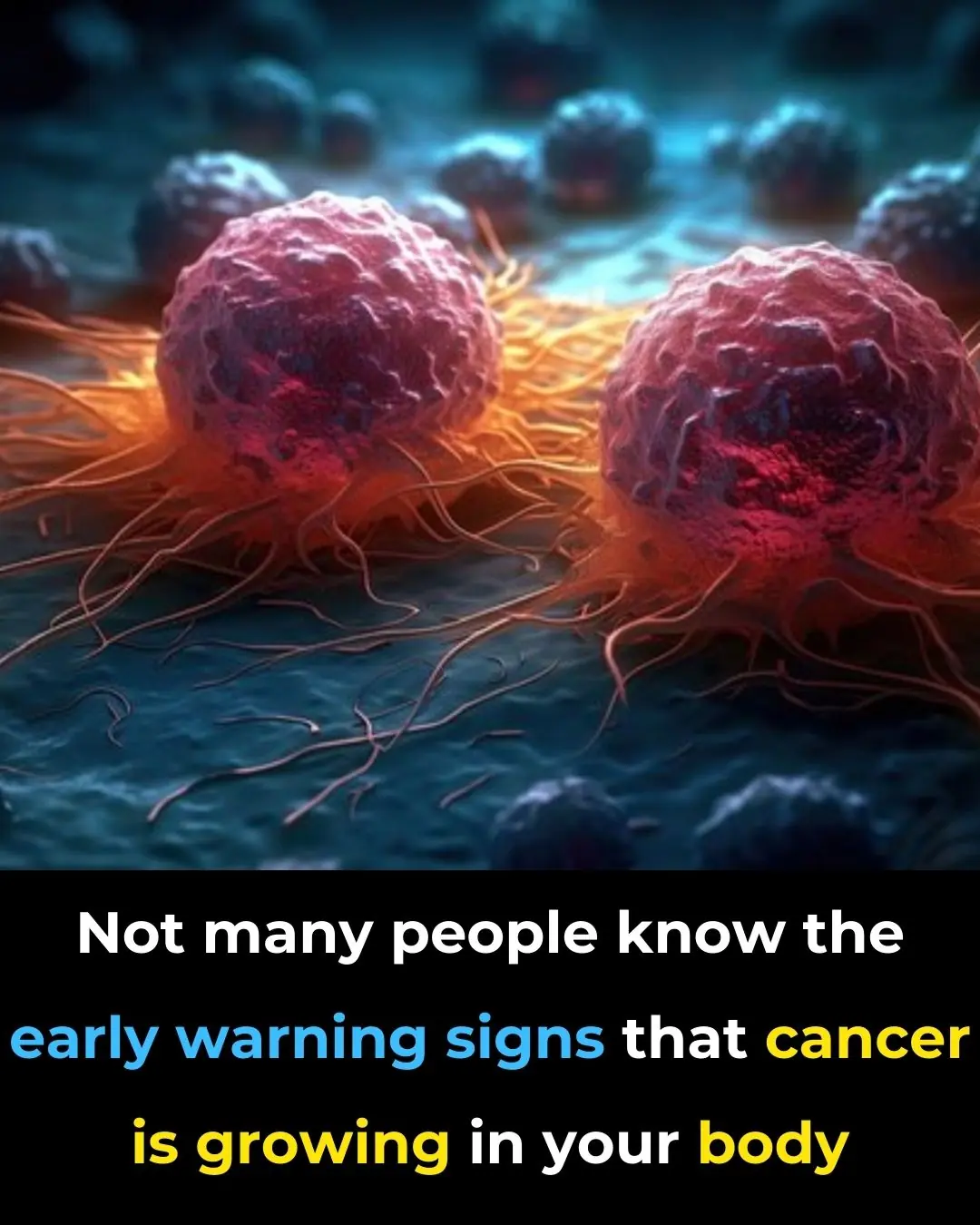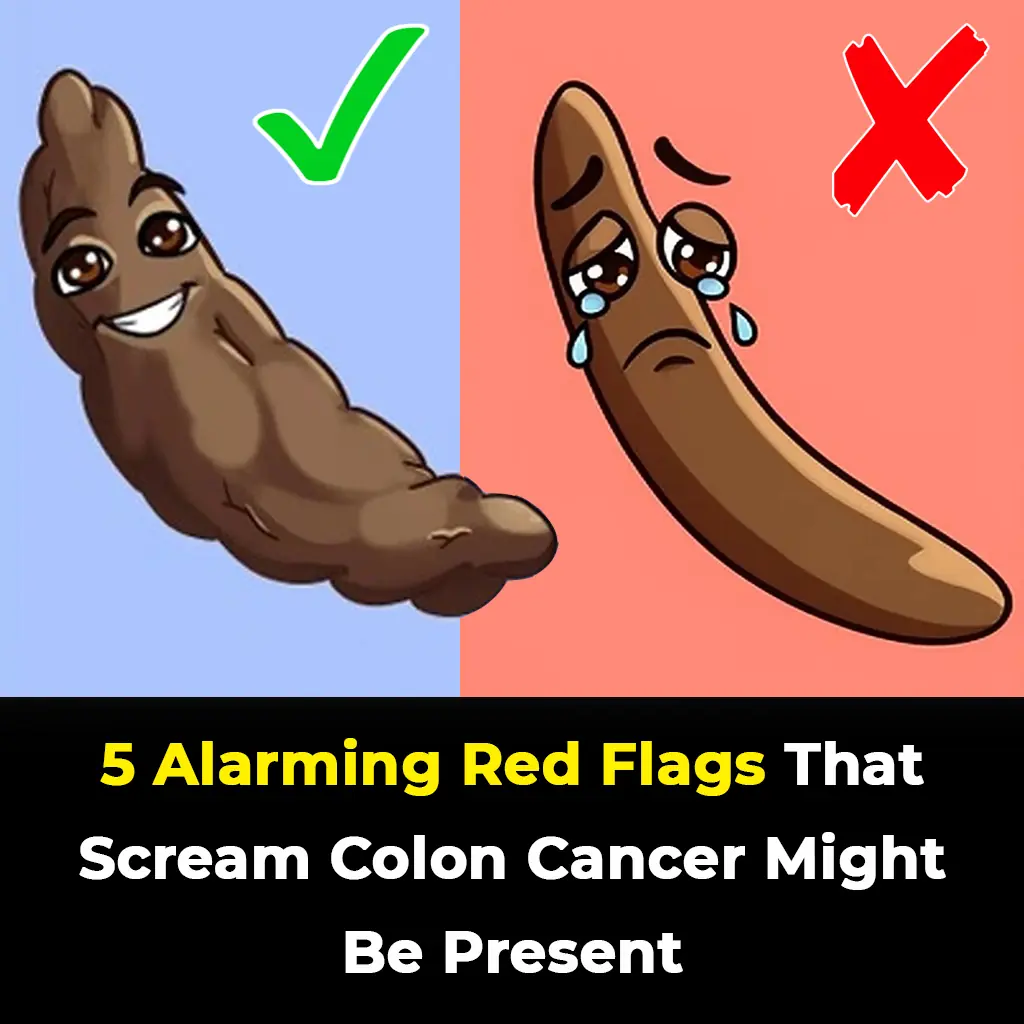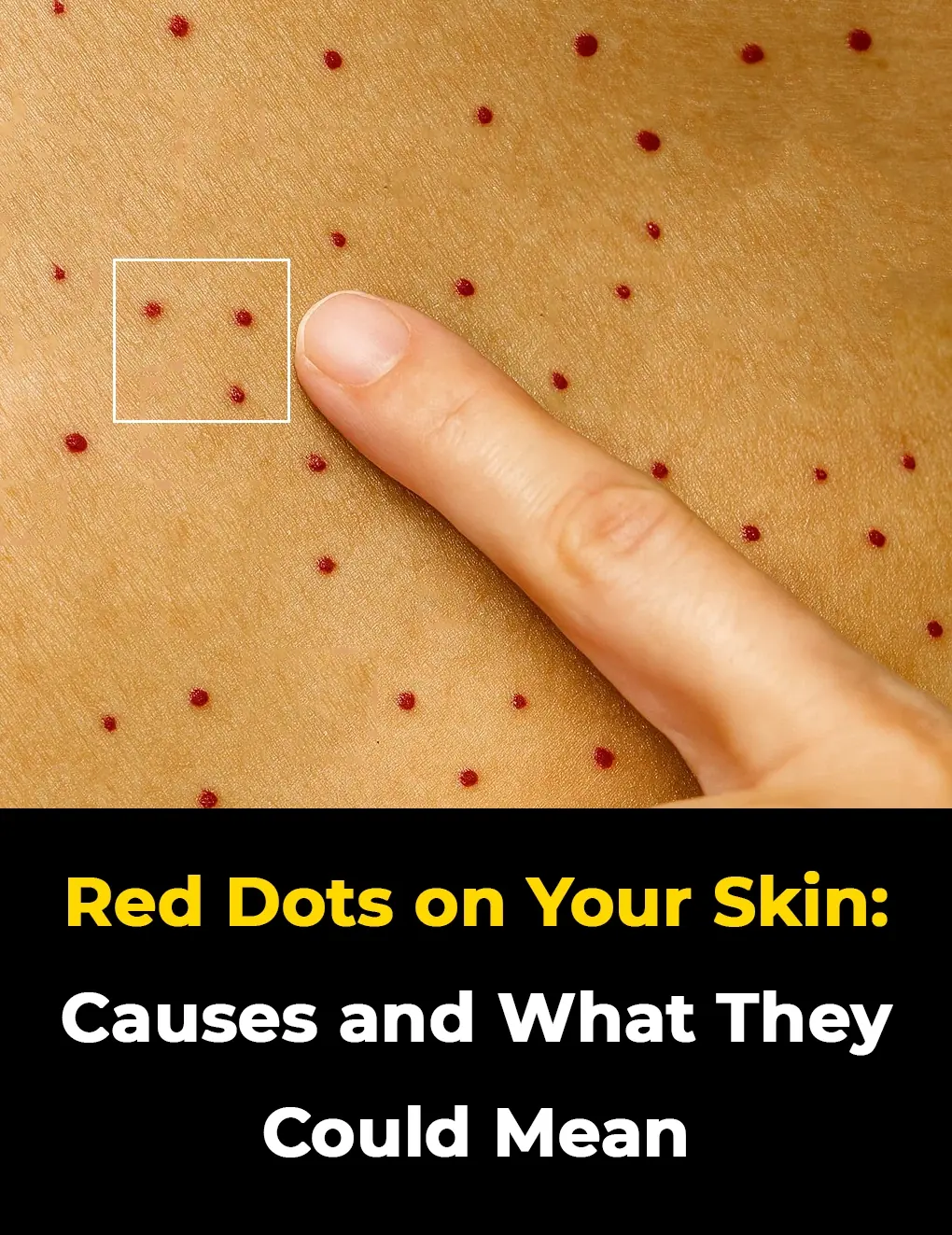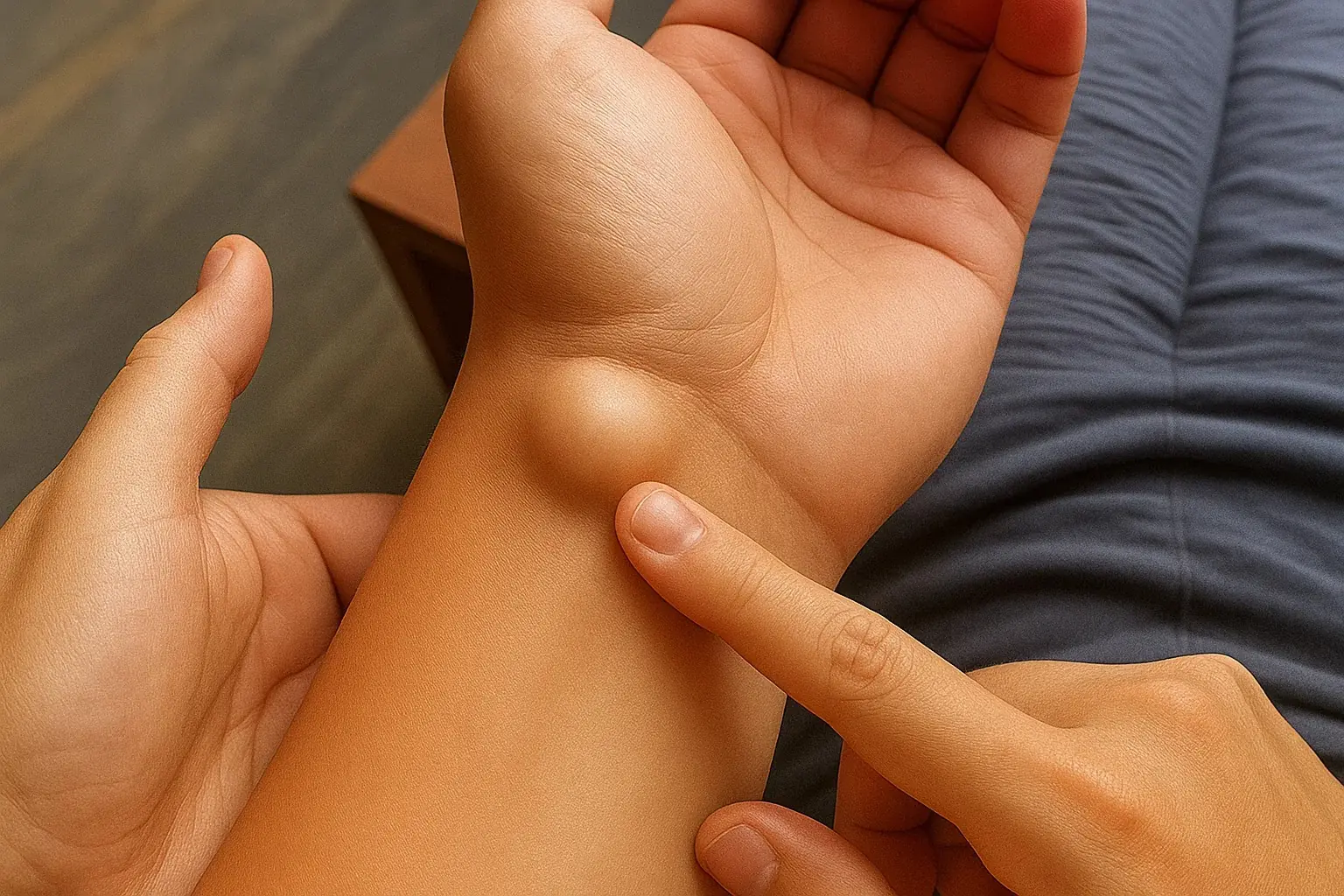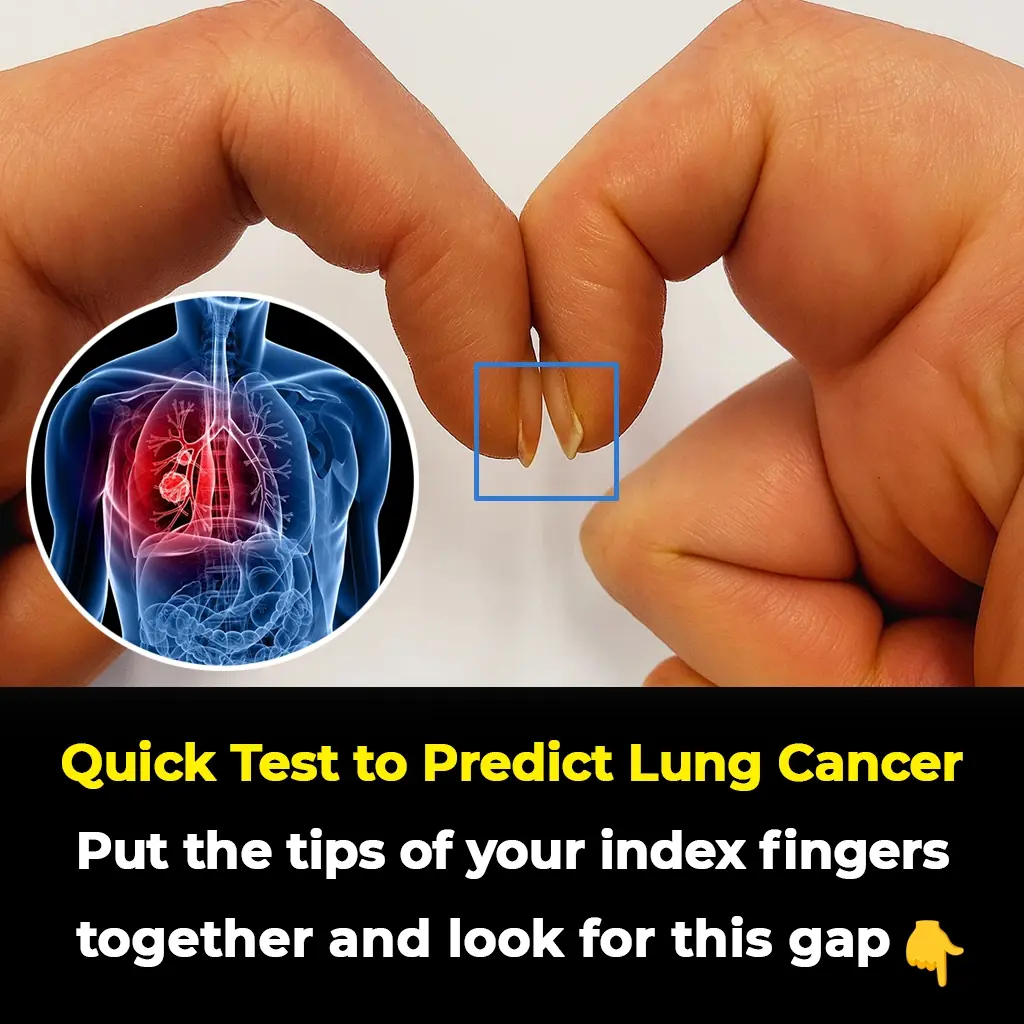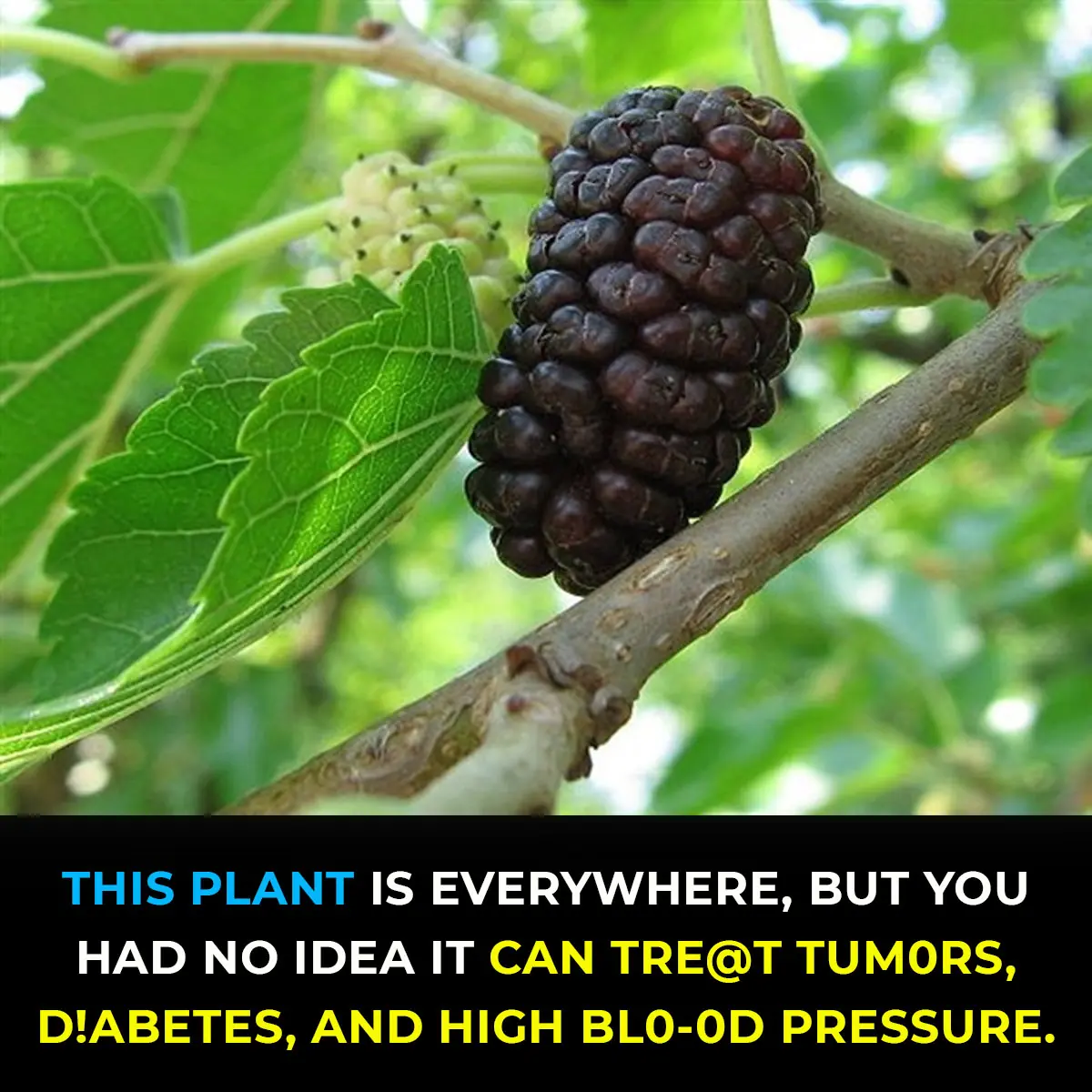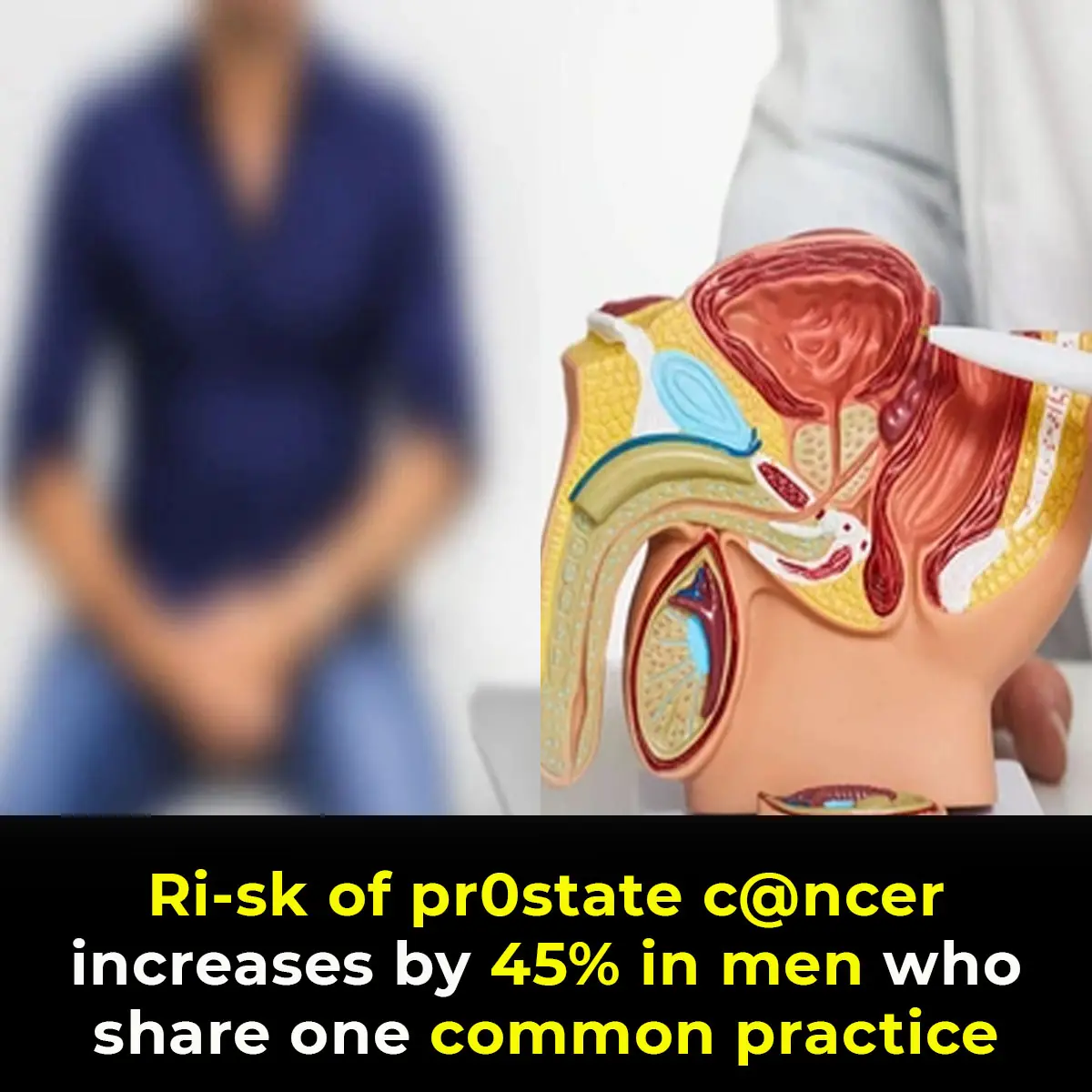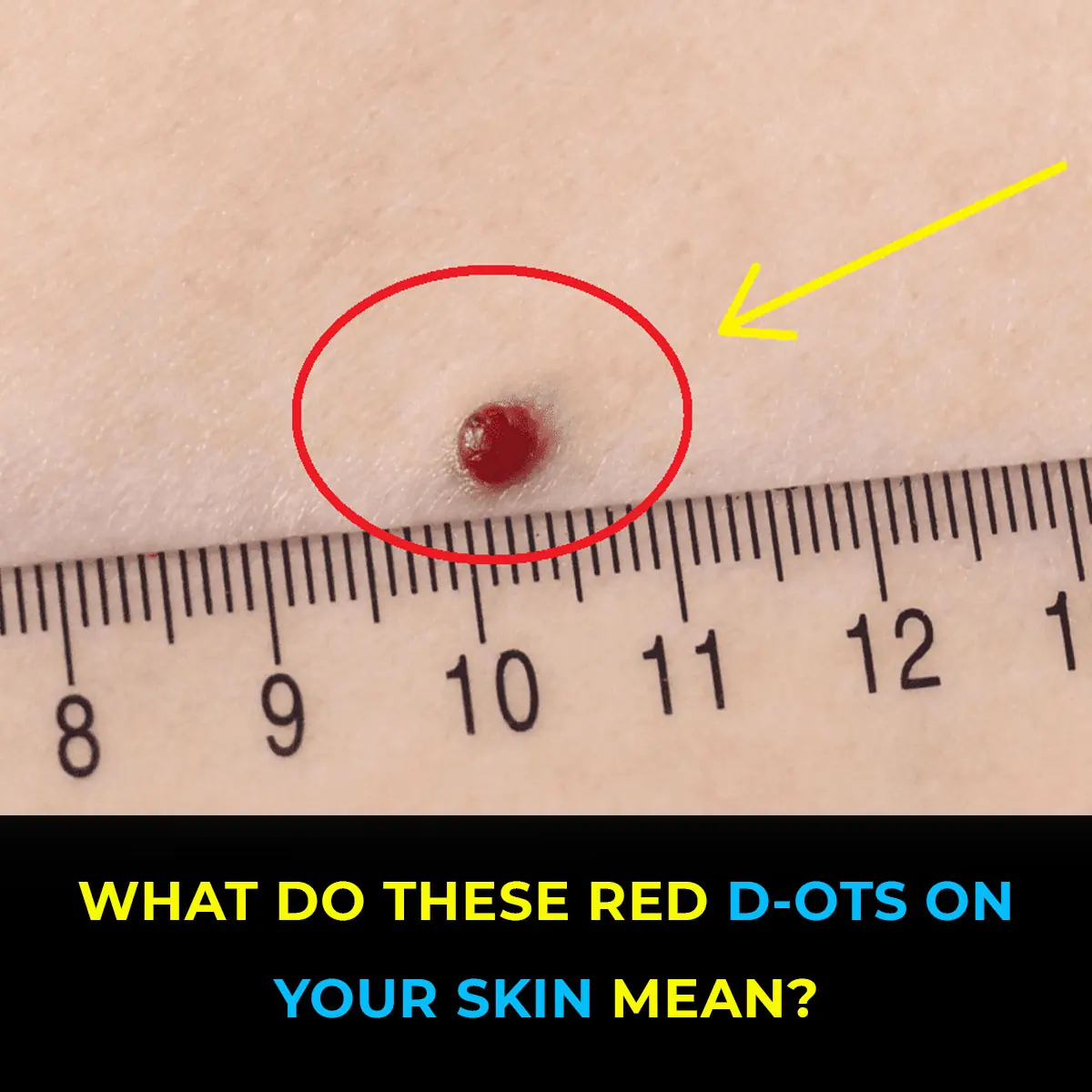
Have you ever noticed red dots on your skin and wondered what might be causing them? Red spots can appear for a variety of reasons, ranging from harmless to more serious conditions. Understanding the potential causes can help you determine whether it’s necessary to seek medical advice. Here are 11 possible reasons for red dots on your skin:
-
Contact Dermatitis
Red spots may result from contact dermatitis, which is caused by exposure to irritating substances or allergens. This condition often leads to an itchy rash with bumps, swelling, and flaky skin. Identifying and avoiding the trigger is key to managing this condition.
-
Cherry Angiomas
Cherry angiomas are benign growths of small blood vessels that can appear as red dots or raised spots. They are usually harmless and can occur anywhere on the body.
-
Swimmer’s Itch (Cercarial Dermatitis)
Swimmer’s itch is caused by a parasitic infection that occurs after exposure to contaminated water, leading to red, itchy rashes. Symptoms can be managed with topical steroids and antihistamines, and in severe cases, antibiotics may be prescribed.
-
Heat Rash (Miliaria)
Heat rash, or miliaria, occurs when sweat glands become blocked, causing small, red, prickly bumps on the skin. These are often itchy or uncomfortable and are commonly found in areas where sweat accumulates, such as the armpits, chest, or groin.
-
Drug Rash
Drug rashes are allergic reactions to medications and can range from mild to severe. If a drug rash occurs, it’s essential to stop using the medication and consult a healthcare provider, especially in serious cases where medical intervention may be necessary.
-
Atopic Dermatitis (Eczema)
Atopic dermatitis, also known as eczema, causes red, itchy rashes, and is most common in children under five. Treatments usually include topical steroids, antihistamines, and moisturizers to help reduce flare-ups.
-
Pityriasis Rosea
Pityriasis rosea is a benign rash often seen in adolescents and young adults. It starts with a larger red patch followed by smaller, scaly spots. While it usually resolves on its own, treatments like antihistamines or antiviral medications can help ease symptoms and speed up recovery.
-
Blood Spots (Purpura)
Purpura, or blood spots, occur when small blood vessels break under the skin, causing red or purple patches. While not always a sign of a serious condition, widespread purpura may require medical evaluation to rule out underlying health issues.
-
Ringworm (Tinea Corporis)
Ringworm is a fungal infection that causes red, circular rashes with raised edges, resembling a ring. It’s highly contagious and can spread through direct skin contact or by touching contaminated surfaces. Antifungal treatments are usually effective in treating it.
-
Psoriasis
Psoriasis is an autoimmune condition that leads to red spots or plaques, often found on the elbows and knees. Triggers can include stress, infections, or environmental factors, so managing stress is important in controlling flare-ups.
-
Lichen Planus
Lichen planus causes flat, itchy, purple spots on the skin. The exact cause is not fully understood, but treatments are available to manage the condition.
Bottom Line
While some red spots on your skin may resolve on their own or with simple treatments, others may require medical attention. Keep an eye on any changes and seek medical advice if you experience concerning symptoms such as fever, swelling, or difficulty breathing. Your skin reflects your overall health, and understanding its changes can help you stay proactive about your well-being.






